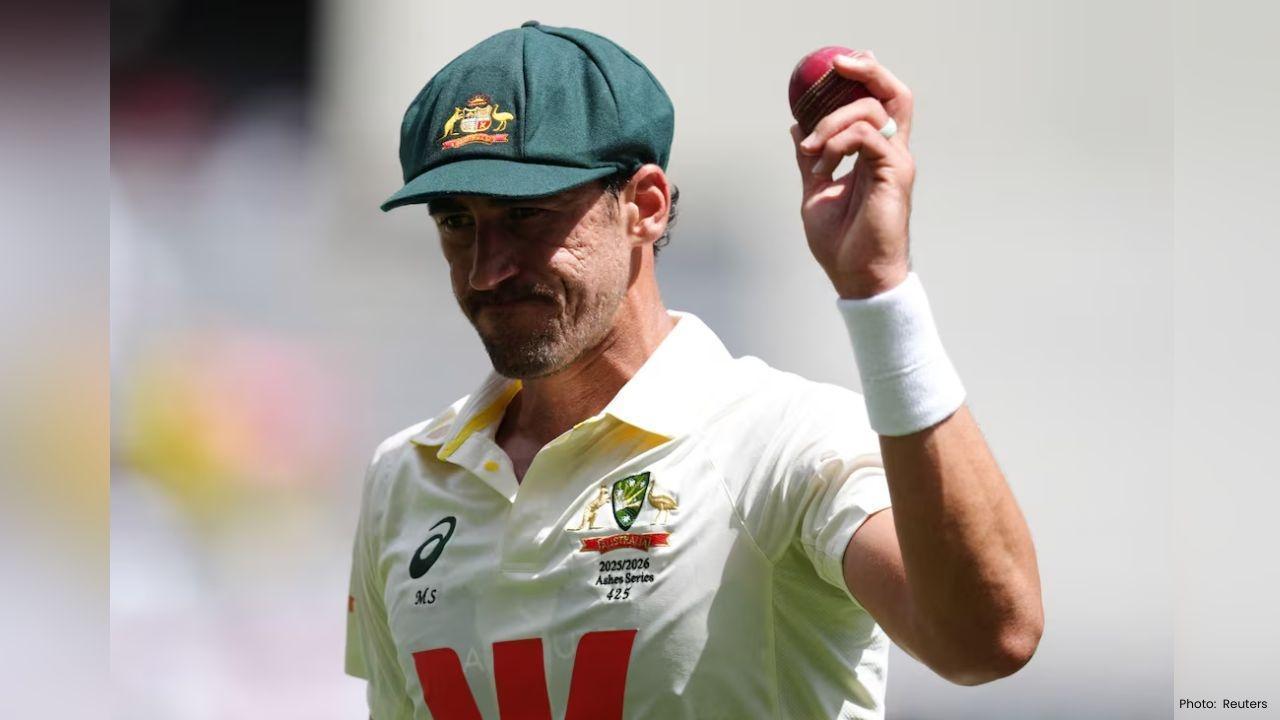
Join 10k+ people to get notified about new posts, news and tips.
Do not worry we don't spam!

Post by : Samjeet Ariff
Disclaimer: This article is intended for informational purposes and should not be taken as financial advice. Please consult a financial advisor before making investment decisions.
As we move into 2026, investors find themselves in a landscape marked by cautious optimism. With rising costs, unpredictable global economies, and a growing focus on strategic wealth management, many are asking: Is it better to invest in SIP or Fixed Deposit (FD)?
Both financial instruments enjoy popularity, but they cater to different needs. Your choice should reflect personal objectives, risk appetite, and investment horizon. This thorough guide will help clarify which option suits you best in 2026.
A Systematic Investment Plan enables you to regularly invest smaller amounts into mutual funds, allowing for gradual wealth accumulation without requiring a large starting capital.
SIPs operate on the principle of rupee-cost averaging, which mitigates market volatility effects. When markets dip, you acquire more units; when they rise, you purchase fewer, naturally balancing your costs.
Key Features of SIP:
Ideal for long-term wealth generation
Potentially higher returns compared to conventional savings
Flexible investment amounts
Great for younger professionals and long-term strategists
Market-dependent, meaning returns are not guaranteed
A Fixed Deposit is a secure investment option provided by banks and non-banking financial companies (NBFCs), where you deposit a lump sum for a specified term and receive a fixed interest rate at maturity.
FDs cater to individuals seeking safety without exposure to market risks.
Key Features of FD:
Guaranteed returns
Specified tenure and interest rate
Stability and security
No exposure to market fluctuations
Generally lower returns compared to market-linked investments
For many investors, returns remain a top priority. Here’s how SIPs and FDs stack up against each other:
SIP Expected Returns (Equity Mutual Funds):
10% to 14% annually (subject to market conditions)
FD Expected Returns (Banks/NBFCs):
6% to 8% annually (fixed and secure)
Conclusion: While SIP shows superior long-term returns, FD offers much-needed stability.
SIP Risk:
Dependent on market conditions
NAV can fluctuate
Best suited for long-term (5–10 years or longer)
FD Risk:
Minimal risk
Protected under RBI regulations
Ideal for risk-averse investors
Conclusion: Although FD is regarded as safer, SIP presents a higher risk with potentially greater rewards.
SIP Liquidity:
Redeemable at any time
Some funds may impose exit fees for early withdrawals
Not the best option for short-term funding needs
FD Liquidity:
Allowances for early withdrawal but with penalties
Less flexible for frequent withdrawals
Conclusion: SIP offers superior flexibility compared to FD, which imposes more constraints.
SIP Taxation:
Tax obligations are contingent on fund variety and holding period.
Long-term capital gains (LTCG) tax on equity funds post-1 year: 10%
Short-term capital gains (STCG): 15%
FD Taxation:
Interest taxable according to your income tax bracket
TDS applies for interest exceeding stipulated limits
Conclusion: For long-term investors, SIP is usually more tax-efficient.
Winner: SIP
If your goal is wealth growth over a span of 5–15 years, SIP proves to be the superior choice.
Winner: FD
If safeguarding your capital is your chief concern, FD is unparalleled.
Winner: SIP
A longer investment horizon may diminish relevance of market volatility.
Winner: FD
Senior citizen FDs often provide higher interest rates and guaranteed stability.
Winner: FD
Fluctuating SIP returns may not be ideal in this timeframe.
Winner: SIP
Equity SIPs are likely to surpass inflation over the long term.
Your choice should hinge on:
Your risk appetite
Your financial objectives
Duration of investment
Your need for liquidity
Your comfort with market fluctuations
Optimal Approach for 2026:
Most experts suggest a hybrid strategy that incorporates both SIP and FD.
While FD adds a layer of security, SIP offers growth opportunities. Together, they form a well-rounded investment portfolio.
There is no singular "best" investment choice. What truly matters is your distinct financial landscape and the aspirations you aim to fulfill.
If you're inclined towards growth and can handle some risk, SIP is the preferable option for 2026.
If consistent stability and guaranteed returns are your priority, FD is the logical choice.
Lastly, for those seeking equilibrium, consider a combination of both.










Anwar Ibrahim Pledges Comprehensive Probe into FIFA Football Player Bans
Anwar Ibrahim commits to a thorough investigation into FIFA's suspension of seven players, ensuring

Kagiso Rabada To Miss Final Test Against India
Kagiso Rabada is sidelined for the second Test and upcoming matches against India due to a rib injur

Rishabh Pant Takes Charge as Shubman Gill Bows Out of Second Test
Shubman Gill is sidelined for the upcoming Test in Guwahati due to a neck injury, with Rishabh Pant

Starc's Bowling Blitz Leaves England Reeling on Opening Day in Perth
Mitchell Starc took 7 wickets as England faltered on Day One in Perth, with Australia trailing by 49

Kazuma Okamoto and Kona Takahashi Join MLB Posting System
Kazuma Okamoto and Kona Takahashi enter the MLB posting system, providing a chance for teams to sign

Texans Triumph Over Bills 23-19 with Stellar Defensive Play
In a gripping encounter, Texans claimed a 23-19 victory against the Bills, fueled by Davis Mills' to